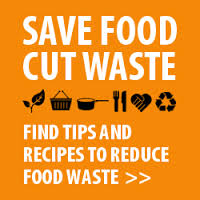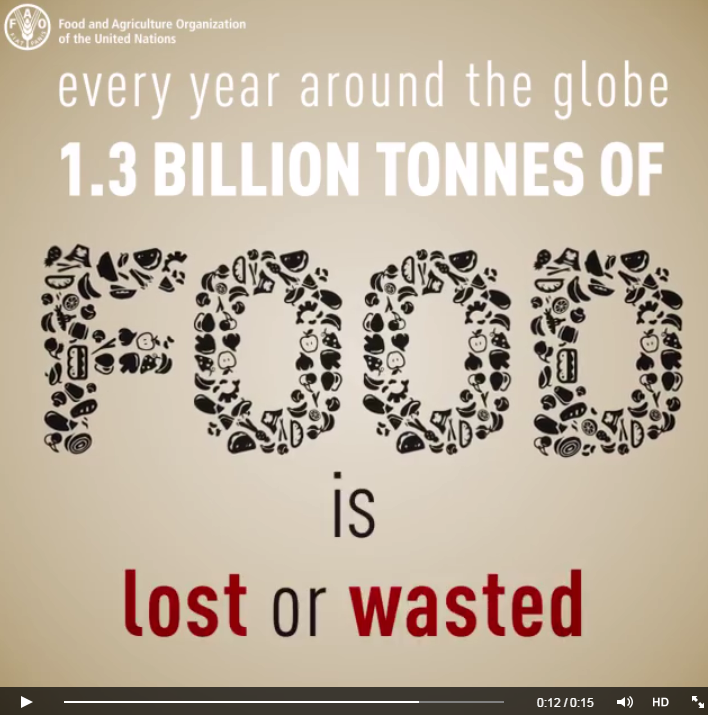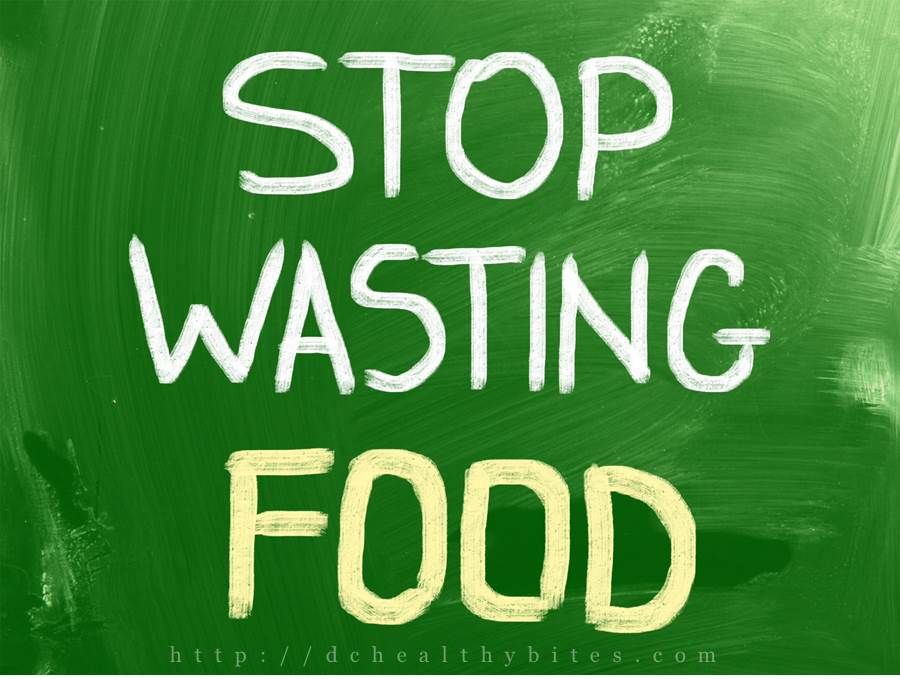Food Saving: Difference between revisions
Siterunner (talk | contribs) No edit summary |
Siterunner (talk | contribs) No edit summary |
||
| (10 intermediate revisions by the same user not shown) | |||
| Line 5: | Line 5: | ||
<big>'''Updates''':</big> | |||
'''Environmental Protection Agency Tracks the Waste''' | |||
* https://www.epa.gov/land-research/food-waste-research | |||
'''More Food, Politics & Health @GreenPolicy360''' | |||
* https://www.greenpolicy360.net/w/File:FOOD_politics-health.jpg | |||
································································································· | |||
<big>'''''The Global Benefits of Reducing Food Loss and Waste, and How to Do It'''''</big> | |||
* https://www.wri.org/insights/reducing-food-loss-and-food-waste | |||
<big>'''''5 Ways Wasting Food Hurts the Environment (and 5 Ways You Can Fix It)'''''</big> | <big>'''''5 Ways Wasting Food Hurts the Environment (and 5 Ways You Can Fix It)'''''</big> | ||
* https://businessconnectworld.com/2017/07/12/5-ways-wasting-food-hurts-the-environment-and-5-ways-you-can-fix-it/ | |||
| Line 21: | Line 37: | ||
Watch the Video by Karim Chrobog -- https://youtu.be/1aH7RwOD0RE | |||
: http://pulitzercenter.org/projects/asia-south-korea-united-states-food-security-waste-recycle | : http://pulitzercenter.org/projects/asia-south-korea-united-states-food-security-waste-recycle | ||
| Line 47: | Line 63: | ||
○ ○ ○ ○ | ○ ○ ○ ○ | ||
<big>'''''Half of all US food produce is thrown away, according to new research'''''</big> | <big>'''''Half of all US food produce is thrown away, according to new research'''''</big> | ||
| Line 101: | Line 115: | ||
''The United States is one of the worst offenders with regard to food waste: food makes up the plurality of Americans' garbage, piling up approximately 35 million tons per year. The most troubling aspect of the amount of food waste is how much it's increased in recent years: Americans are tossing out 20 percent more food than they threw away in 2000, and 50 percent more than they discarded in 1990.'' | ''The United States is one of the worst offenders with regard to food waste: food makes up the plurality of Americans' garbage, piling up approximately 35 million tons per year. The most troubling aspect of the amount of food waste is how much it's increased in recent years: Americans are tossing out 20 percent more food than they threw away in 2000, and 50 percent more than they discarded in 1990.'' | ||
* http://www.washingtonpost.com/blogs/wonkblog/wp/2014/09/23/americans-throw-out-more-food-than-plastic-paper-metal-or-glass/ | |||
* http://www.feedingamerica.org/about-us/about-feeding-america/ | |||
* http://www.msnbc.com/msnbc/food-waste-massive-problem-heres-how-you-can-fix-it | |||
| Line 165: | Line 177: | ||
[https://twitter.com/JustEatItFilm Just Eat It / Film] | [https://twitter.com/JustEatItFilm Just Eat It / Film] | ||
* https://twitter.com/hashtag/justeatitfilm?src=hash | |||
Latest revision as of 00:59, 22 July 2023
Updates:
Environmental Protection Agency Tracks the Waste
More Food, Politics & Health @GreenPolicy360
·································································································
The Global Benefits of Reducing Food Loss and Waste, and How to Do It
5 Ways Wasting Food Hurts the Environment (and 5 Ways You Can Fix It)
It’s the secret shame of many Americans: The half-forgotten (or wholly forgotten) perishables in your refrigerator and pantry...
Those of us who feel pangs of guilt and upset over wasted food are sadly in good company: Some estimates reveal that Americans waste as much as 60 million tons of food a year (for various reasons, some simply because of extremely high standards set by American stores)! Given the plight of world hunger, this fact is shameful enough, but what many of us may not realize is that wasted food also has a harmful effect on the environment.
Watch the Video by Karim Chrobog -- https://youtu.be/1aH7RwOD0RE
So that we might be better stewards of the earth we have been given, here are five biggest ways wasted food hurts the environment—and five ways we can combat this problem and make it better for millions of people worldwide.
1. It Wastes Water
2. It Releases Methane
3. It Wastes Oil
4. It Wastes Land
5. It Harms Biodiversity
Read More at -- Business Connect by John Hawthorne
Donate, Don't Dump -- https://donatedontdump.net/about
○ ○ ○ ○
Half of all US food produce is thrown away, according to new research
https://www.theguardian.com/environment/2016/jul/13/us-food-waste-ugly-fruit-vegetables-perfect
Americans throw away almost as much food as they eat because of a “cult of perfection”, deepening hunger and poverty, and inflicting a heavy toll on the environment.
Vast quantities of fresh produce grown in the US are left in the field to rot, fed to livestock or hauled directly from the field to landfill, because of unrealistic and unyielding cosmetic standards, according to official data and interviews with dozens of farmers, packers, truckers, researchers, campaigners and government officials.
From the fields and orchards of California to the population centres of the east coast, farmers and others on the food distribution chain say high-value and nutritious food is being sacrificed to retailers’ demand for unattainable perfection.
"It’s all about blemish-free produce," says Jay Johnson, who ships fresh fruit and vegetables from North Carolina and central Florida.
"What happens in our business today is that it is either perfect, or it gets rejected. It is perfect to them, or they turn it down."
○ ○ ○ ○
2015
Denmark Winning Race to Prevent Food Waste
France outlaws grocery store waste
France bans grocery stores from throwing away food
The Global Importance of Reducing Food Loss
http://www.fao.org/docrep/014/mb060e/mb060e00.pdf
The results of the study suggest that roughly one-third of food produced for human consumption is lost or wasted globally, which amounts to about 1.3 billion tons per year. This inevitably also means that huge amounts of the resources used in food production are used in vain, and that the greenhouse gas emissions caused by production of food that gets lost or wasted are also emissions in vain.
Food is lost or wasted throughout the supply chain, from initial agricultural production down to final household consumption. In medium- and high-income countries food is to a significant extent wasted at the consumption stage, meaning that it is discarded even if it is still suitable for human consumption.
Significant losses also occur early in the food supply chains in the industrialized regions. In low-income countries food is lost mostly during the early and middle stages of the food supply chain; much less food is wasted at the consumer level.
-=-=-=-=-=-
U.S.
The United States is one of the worst offenders with regard to food waste: food makes up the plurality of Americans' garbage, piling up approximately 35 million tons per year. The most troubling aspect of the amount of food waste is how much it's increased in recent years: Americans are tossing out 20 percent more food than they threw away in 2000, and 50 percent more than they discarded in 1990.
Nearly one-third of the fruit, vegetables, grains, meat, and packaged foods produced across the globe gets tossed out every year.
In the U.S., that figure can climb to 40% and higher, to the tune of $165 billion in losses each year. Americans throw away an average of 20 pounds of food each month.
On the 45th anniversary of Earth Day, tackling the issue of food waste couldn’t be more critical. Small actions actually can make a big difference. As consumers, we can help curb the growing problem by understanding more about expiration dates, buying less, purchasing “ugly” fruits and veggies, and snatching up that last bunch of lettuce.
And there are also real opportunities for cities and businesses to keep mountains of food waste out of landfills.
Now more than ever there is a spotlight on the issue via social media campaigns, online maps, food trucks, dumpster dining, businesses being built around waste, as well as chef Dan Barber’s recent pop up dinner series, wastED.
There’s even an app to help us “eat down the fridge.”
-=-=-=-=-=-=-=-=-=-=-
Wasted: How America Is Losing 40 Percent of Its Food from Farm to Fork to Landfill
-=-=-=-=-=-=-=-=-=-=-
...the most compelling, entertaining, and inspiring book I've read in a long time.
I'm amazed by how comprehensive this book is. Bloom explores food waste at every step of the supply chain: from farms to processing plants to supermarkets to restaurants to cafeterias to the average American home. The amount of food that's wasted in America each and every day-while millions go hungry-is astonishing. Meanwhile, ridiculous amounts of methane are releasing into our atmosphere because of the literal tons of food in our landfills.
Bloom spent several years studying food-waste in depth, and it shows. He worked at McDonald's, a supermarket, and Orbit Energy. He traveled to Britain to meet with prominent politicians. He journeyed to California's vast farms. He ate lunch with students at elementary schools and universities alike. And he visited ordinary households to observe their food waste.
○ ○ ○ ○
Bloom addresses an issue of incredible importance that most Americans rarely consider - food waste - and shows how we can impact this problem with relative ease. He covers key aspects of the food waste problem, including our culture of abundance, our obsession with perfect produce, and the ease of discarding food as trash - all of which lead to what he refers to as the "coexistence of hunger and food waste" - leading the U.S. to waste $160 billion in food annually while roughly 50 million Americans are food insecure. He also notes the environmental problems associated with food waste - greenhouse gas emissions from decaying food, consumption of limited landfill space, negative impact on groundwater, and fossil fuel consumption in the transport of food waste.
Bloom reveals a dangerous cycle regarding food: We're wasting resources by growing too much, and in the process depleting our soils, using too much fertilizer with negative environmental effects, and depleting our water supplies while we then use additional resources to haul the excess to landfills where it causes further harm to the environment while millions remain hungry. It's a cycle that we need to break - and to do so we need a change of mindset.
Bloom notes that we should think of food waste as an opportunity - and we should take action to harness food waste to feed the hungry while also improving the environment and the economy.
-=-=-=-=-=-=-=-=-=-=-=-=-=-=-=-=-=-
- Food Savings, Not Wasting Resources
By the Numbers: Reducing Food Loss and Waste, 2013, World Resources Institute
○




